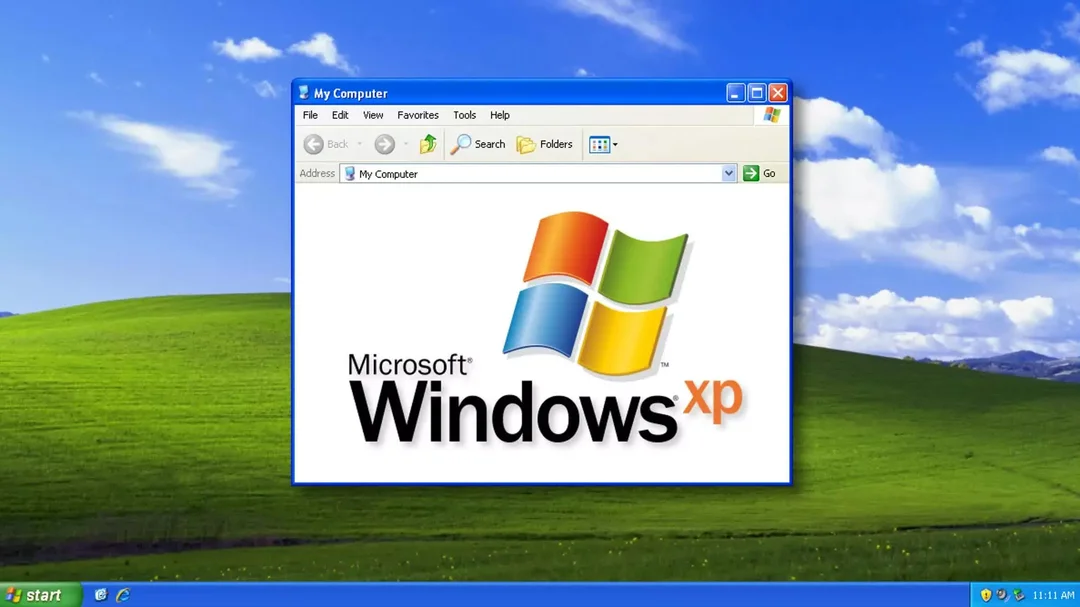
Ancient Windows Machines: Why Decades-Old Tech Still Powers Our World
From ATMs dispensing cash to elevators ascending floors, remnants of ancient computer systems running on outdated Windows platforms persist in surprising corners of modern life. Why is this happening? It’s a mix of cost, reliability, and deeply entrenched infrastructure, revealing a fascinating story of technology’s enduring, sometimes stubborn legacy.
The Ghosts of Windows' Past
As technology marches forward, some are trapped using decades-old software. The BBC recently explored this phenomenon, highlighting how Microsoft's long shadow extends deep into the digital infrastructure of our world. Lee Vinsel, a professor at Virginia Tech, aptly describes Windows as the "ultimate infrastructure." Its systems are interwoven into our everyday lives, a testament to the company's lasting success.

ATMs and Ancient Operating Systems
Even Apple devotees interact with these legacy systems. Many ATMs, for instance, still run on Windows XP or even Windows NT (launched in 1993). Elvis Montiero, an ATM field technician, notes that upgrading these machines is challenging due to hardware compatibility costs, regulatory compliance, and the need to rewrite proprietary ATM software. Despite Microsoft ending official support for Windows XP in 2014, its reliability and integration with banking infrastructure keep it alive.
German Railways and Floppy Disks
The ubiquity of outdated technology extends to transportation. In Germany, Deutsche Bahn sought an IT systems administrator with expertise in Windows 3.11 and MS-DOS to maintain driver's cab display systems on high-speed trains. A spokesperson for Deutsche Bahn explained that trains have long service lives, sometimes 30 years or more. Systems meeting safety standards are maintained, even if they run on operating systems older than many commuters.
In San Francisco, the Muni Metro light railway requires a floppy disk to load DOS software for its Automatic Train Control System (ATCS). While plans exist to retire this system, the floppy disks persist for now.

The High Cost of Upgrading and the Allure of Reliability
John Watts, who works with large-format photographic printers, uses servers running Windows 2000. Upgrading to a newer OS would cost between $50,000 and $60,000, making it unfeasible. Scott Carlson, a woodworker, relies on CNC machines running Windows XP, describing it as a "tank" despite its increasing errors.
The Frustrations of Outdated Systems
For some, like psychiatrist Eric Zabriskie, working with old computers is a daily grind. He recalls 15-minute boot-up times at the US Department of Veterans Affairs (VA). The VA uses the Computerized Patient Record System (CPRS) alongside VistA, a system dating back to 1985 built on MS-DOS.
The Art of Preserving Digital History

While some are forced to use old computers, others treasure them. Dene Grigar, director of the Electronic Literature Lab at Washington State University, preserves vintage computers to showcase early digital art. Emulators can't replicate the experience.
Microsoft's Enduring Legacy
Microsoft's approach to legacy software and hardware gave them a business edge, allowing organizations to leverage existing hardware while focusing on software licenses. This strategy led to its deep entrenchment in businesses and infrastructure.

Why do these ancient systems persist? Whether it's financial constraints, the allure of reliability, or simply being "stuck with" a system, the ghosts of Windows' past are likely to haunt our digital world for years to come.
What are your thoughts on the persistence of old technology? Share your experiences and opinions in the comments below.